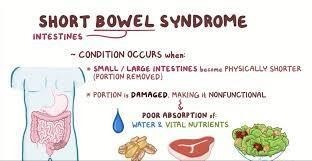A patient has stools that are foulsmelling and that float on water. The nurse documents that this patient is having

Rhinorrhea.
Amenorrhea.
Steatorrhea.
Diarrhea.
The Correct Answer is C
Choice A Rhinorrhea refers to a runny or stuffy nose and is not related to the described stool characteristics.
Choice B Amenorrhea is the absence of menstruation and is not related to the described stool characteristics.
Choice C Steatorrhea is the presence of bulky, foulsmelling, floating stools that contain a high amount of undigested fat. It is often associated with malabsorption disorders or pancreatic
insufficiency.
Choice D Diarrhea is characterized by loose or watery stools and is not related to the described stool characteristics.
Nursing Test Bank
Naxlex Comprehensive Predictor Exams
Related Questions
Correct Answer is C
No explanation
Correct Answer is B
No explanation
Whether you are a student looking to ace your exams or a practicing nurse seeking to enhance your expertise , our nursing education contents will empower you with the confidence and competence to make a difference in the lives of patients and become a respected leader in the healthcare field.
Visit Naxlex, invest in your future and unlock endless possibilities with our unparalleled nursing education contents today
Report Wrong Answer on the Current Question
Do you disagree with the answer? If yes, what is your expected answer? Explain.
Kindly be descriptive with the issue you are facing.
